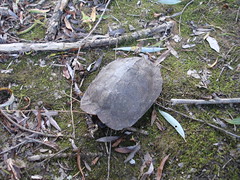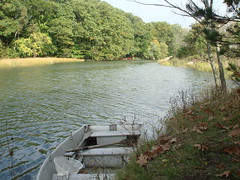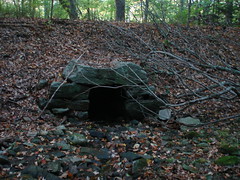CFE/Save the Sound Says Rell Will Sign the Clean Water Fund
A BIG thank you to all who worked so hard on Clean Water Funding over the past two years!
After fighting for sufficient state funding to ensure that our waterways and public health are protected, the bond package passed yesterday and Gov. M. Jodi Rell has agreed to sign it.
Clean Water Funding faired well. It will receive $90 million in general obligation bonds and $235 million in revenue bonds in 2008; and $90 million in general obligation bonds and $180 million in revenue bonds in 2009. This $90 million investment each year for the next two years is the highest level of general obligation funding the Clean Water Fund has received to date.
This bond package is
While $90 million in general obligation bonds over the next year is not enough to complete all of the state's clean water projects, it is a significant influx that should put
The federal government and the state of
Labels: Clean Water Fund











